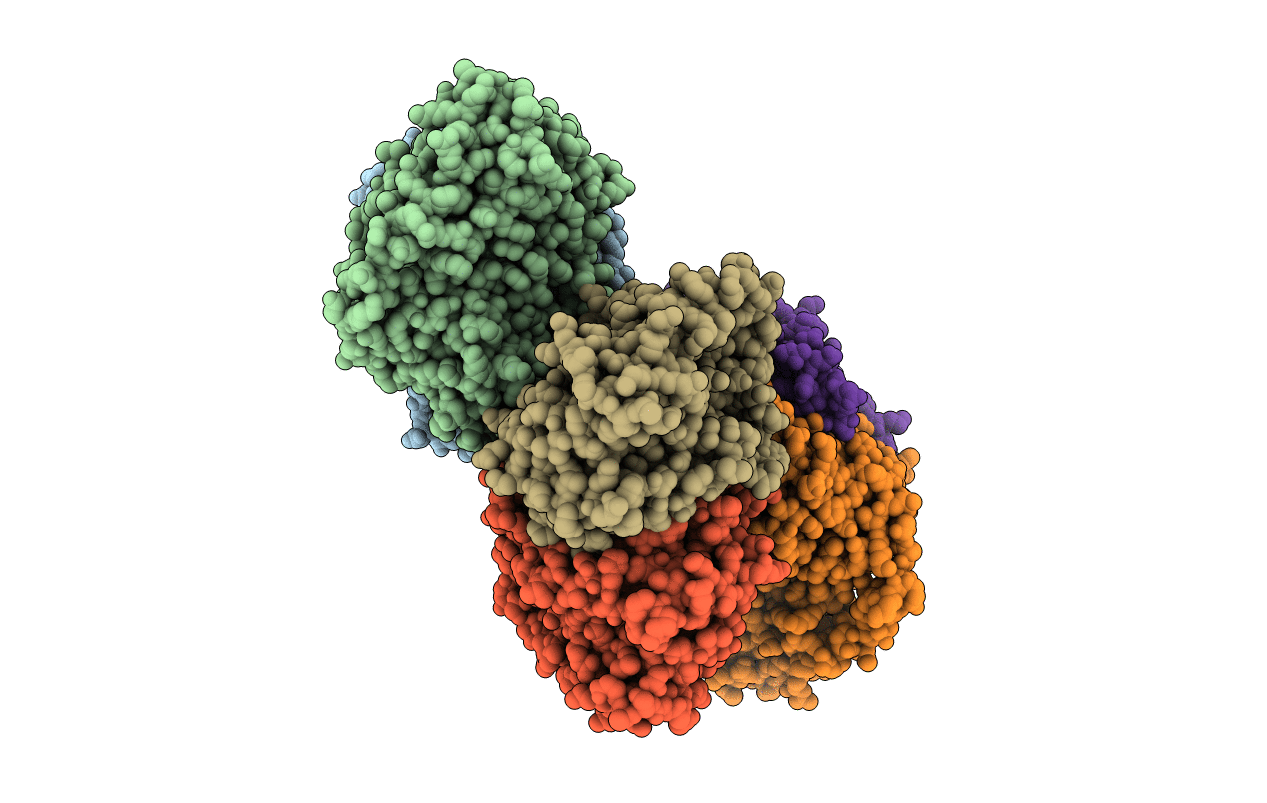
Deposition Date
2003-03-07
Release Date
2003-05-13
Last Version Date
2024-03-13
Entry Detail
PDB ID:
1OQB
Keywords:
Title:
The Crystal Structure of the one-iron form of the di-iron center in Stearoyl Acyl Carrier Protein Desaturase from Ricinus Communis (Castor Bean).
Biological Source:
Source Organism:
Ricinus communis (Taxon ID: 3988)
Host Organism:
Method Details:
Experimental Method:
Resolution:
2.80 Å
R-Value Free:
0.24
R-Value Work:
0.22
R-Value Observed:
0.22
Space Group:
P 21 21 21


